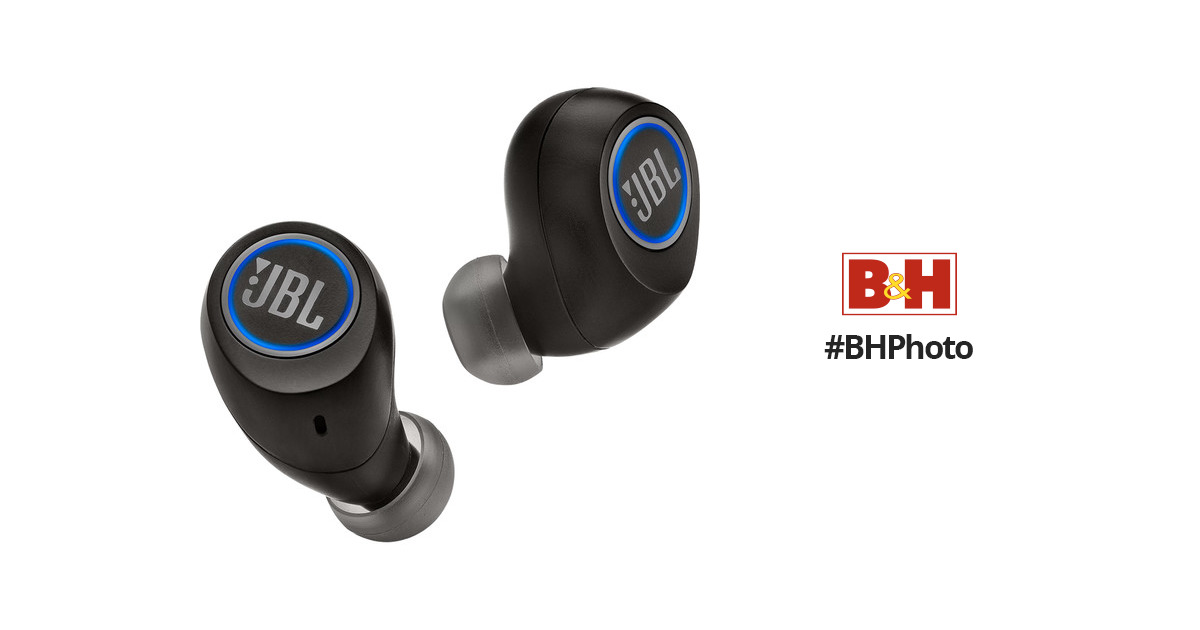
For clients, for our own fan favorite things, and some so we can answer a question of possibility. Maker Projects, for us personally, have spanned a variety of rhymes and reasons. Now more than ever this type of thinking is needed for creative pivots that deliver. By making moments to audiences can be delivered in unconventional and whimsical ways that garner surprise and delight, that is perhaps unexpected. Maker Projects require tinkering, hammering, nailing, coding, and testing. Right now, we can't meet in person and immerse audiences in an elaborately constructed environment, but we can create something that they can hold in their hands that supports participation and community with the brand, which is an equally powerful experience alternative,” says Steve Alexander, Chief Experiential Officer of MVRK.


“Experiential marketing is all about including a consumer into the story of the brand. A place where we make experiences more than an event but a moment you can interact with in the palm of your hands, in your own environment, at your own time, and integrate into your own life - otherwise and more fondly known by our team and our partners as our “Maker Projects.” For those unfamiliar, maker culture is “a contemporary culture or subculture representing a technology-based extension of DIY culture that intersects with hacker culture and revels in the creation of new devices as well as tinkering with existing ones.” Making gives us an avenue where we can dream as big as our hands and ideas can take us. Who we are as MVRK and as an agency is the very nature of this sentiment. Meanwhile, allowing the experience to run deeper and be more valuable to the individual because it is 1:1 and for them, specifically. Rather, we can transform for consumers and fans a place comfortable, safe, and familiar to each of us: the palm of our hands. And it does not need to wait for common space to become a common thing again. While pivots to virtual and socially-distanced or solitary physical experiences rise to the top, the creative power of the experiential industry doesn’t have to stop because society and gatherings, as we know them, have. And, charging large-ticket prices for any kind of experience in which the main payoff is Instagram likes will play as frivolous, at best.” To echo a statement from Campaign US, “common immersive or sensory tactics like brightly colored ball pits, shared props, and touchscreen photo booths that once passed as experiential marketing are likely to be seen as unsafe and unsanitary, but that doesn’t mean experience is out of reach.

For the past several months, however, society’s immersion into IPs, franchises, stories, and brands has been limited to our screen, in our own homes, and mostly by ourselves. In a former time, fans breathed the essence of a brand through museums of artifacts - from storylines to stepping into recreated sets, to unique and juxtaposed demos of technology, devices and product, or other high-energy and one-of-a-kind fan experiences at some of the grandest and most iconic stages in the world like the Consumer Electronics Show, South by Southwest, San Diego Comic Con, music festivals, pop-up shops, stadium fan fests and countless other non traditional media spaces. The notion of interacting with one another, let alone strangers, has now changed the way an entire planet chooses to engage with one another. Perhaps a passing thought back then, is now at the forefront of everyone’s minds. The power of touch on the impact of an experience at an on-site event was once one of the greatest powers of the experiential industry.


 0 kommentar(er)
0 kommentar(er)
